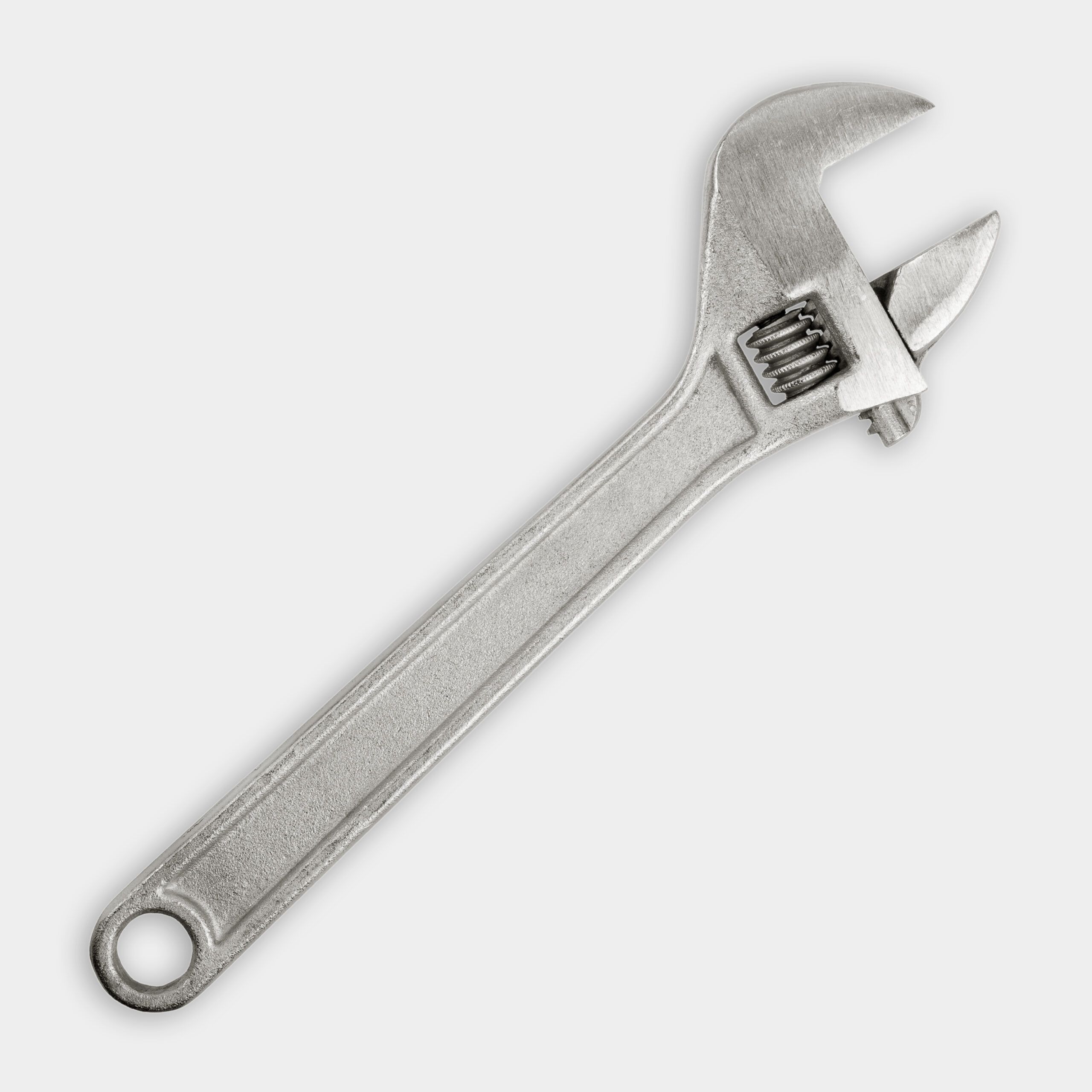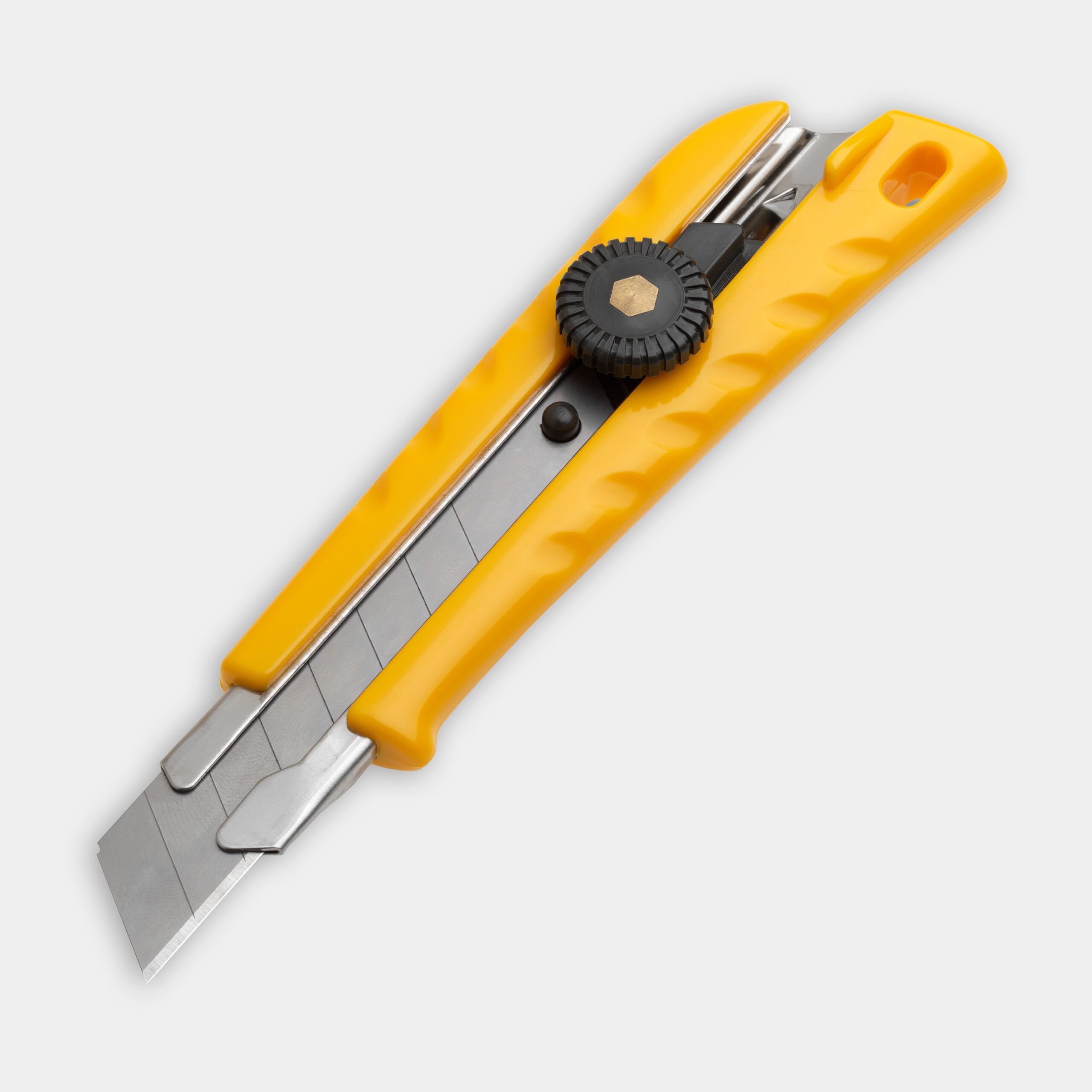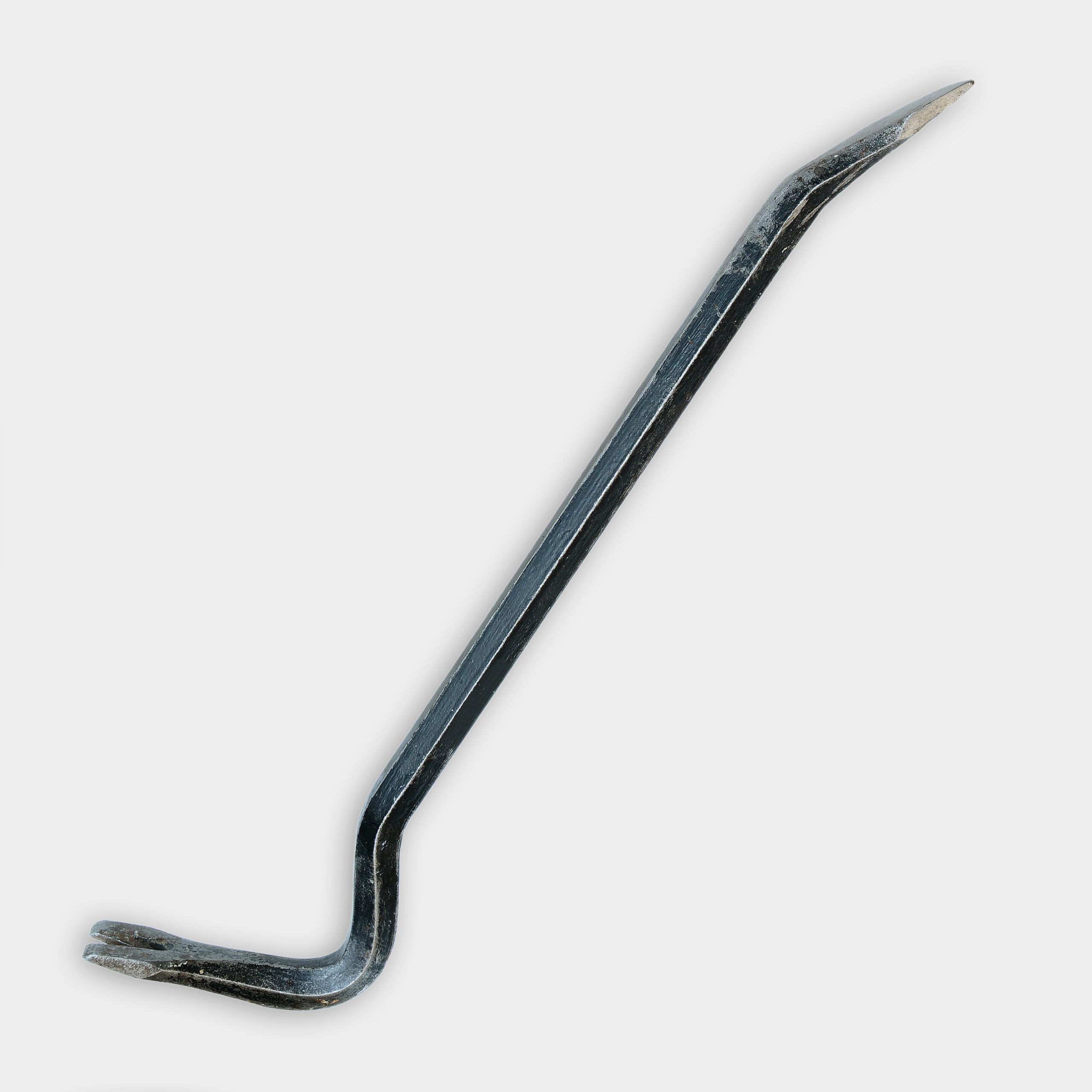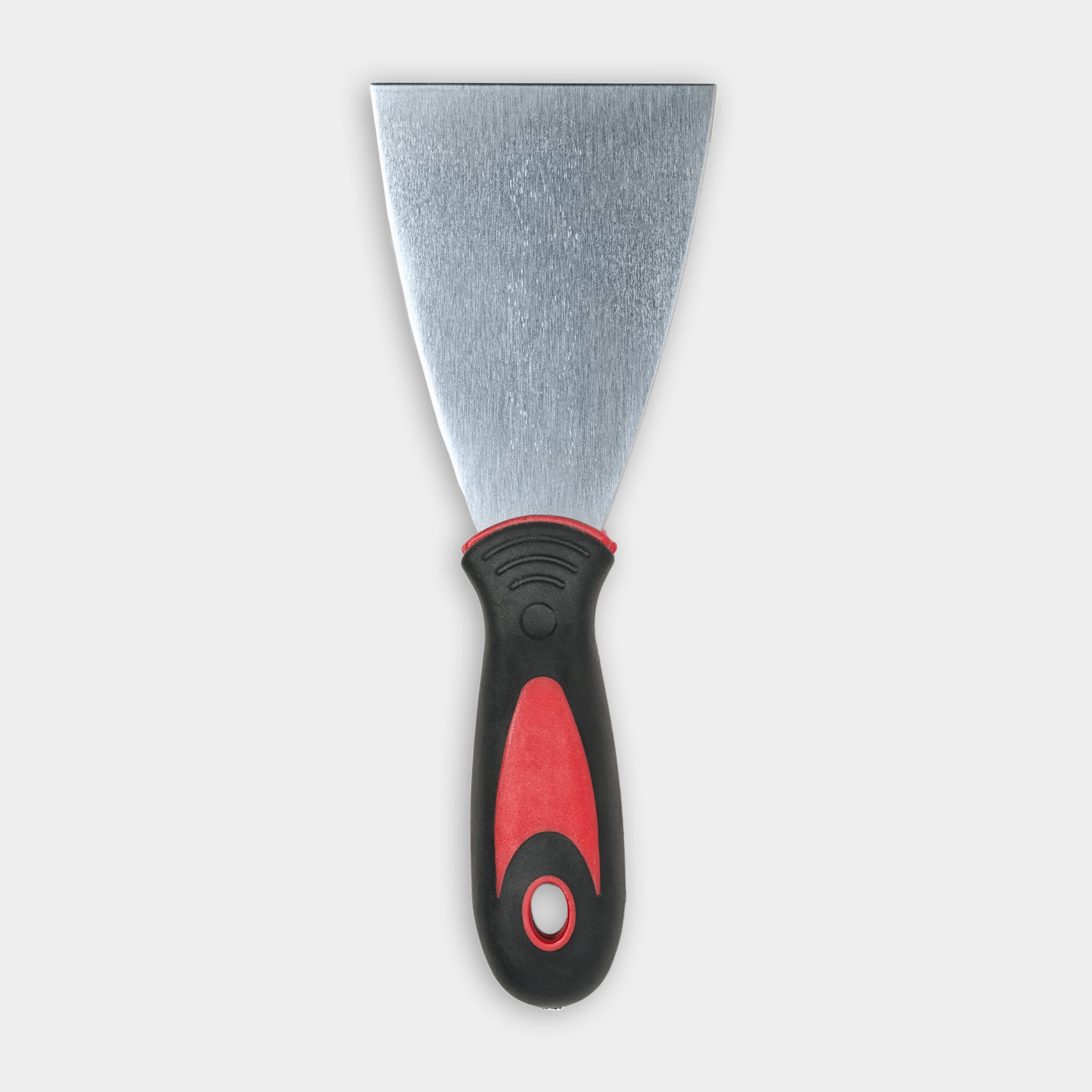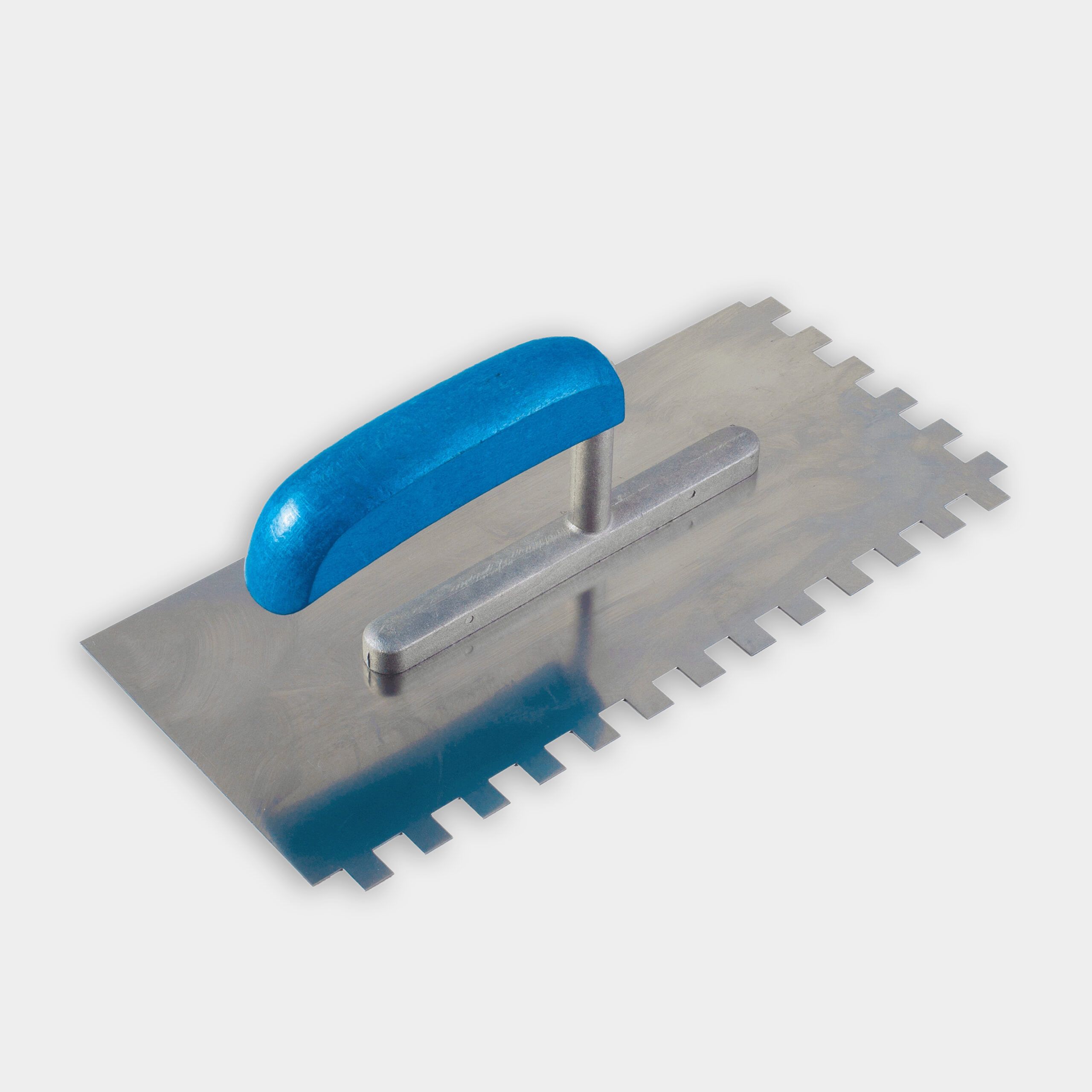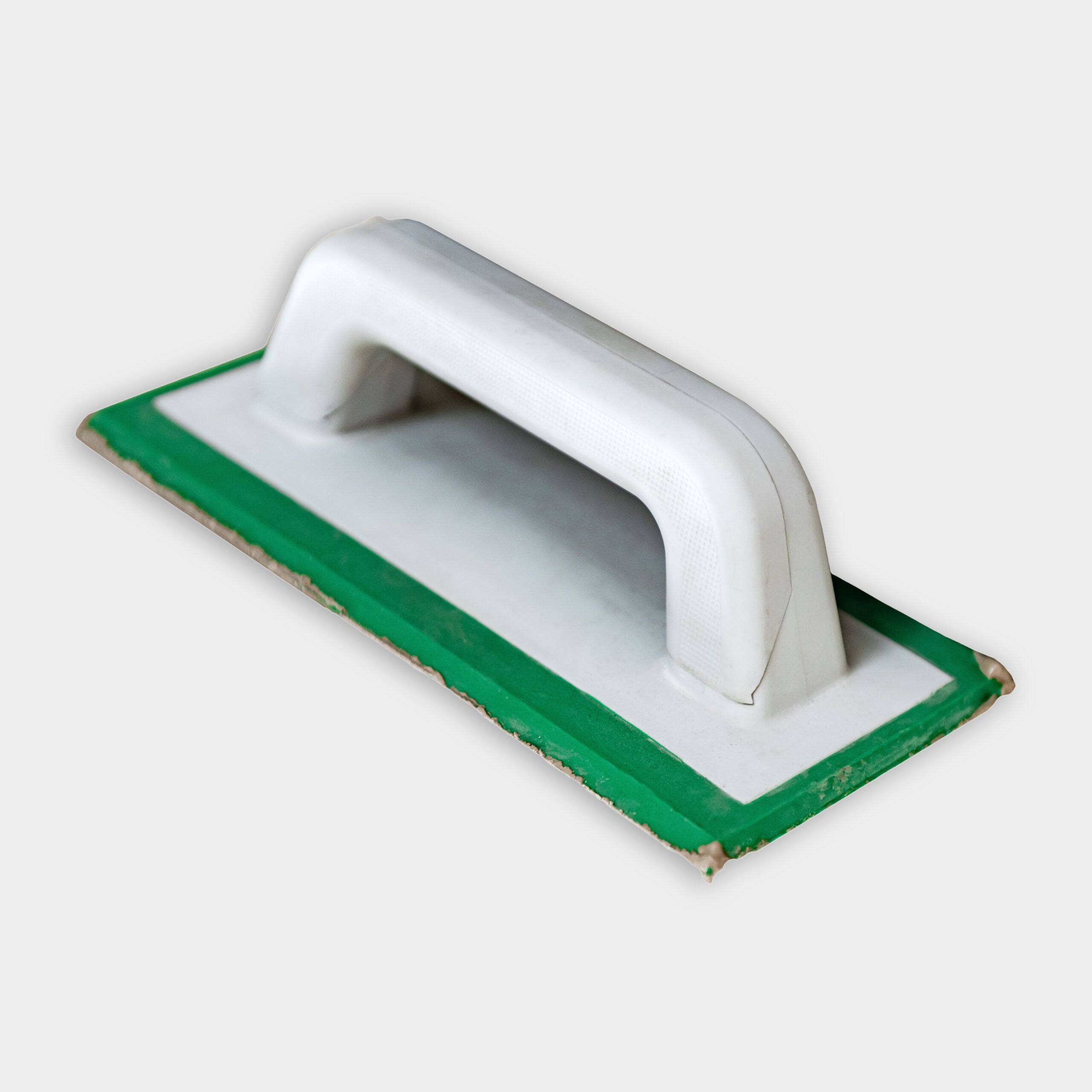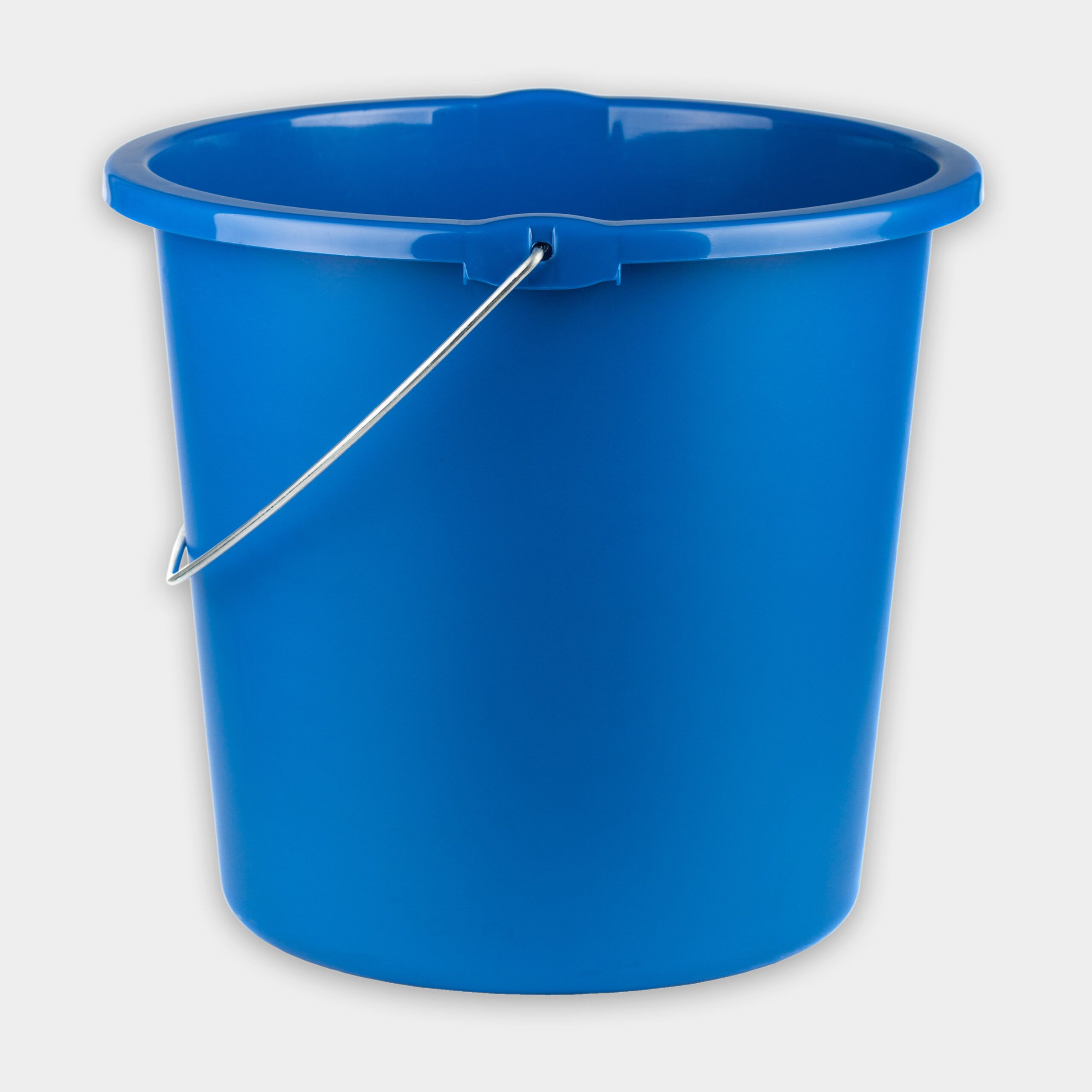Project details
Skill
Cost
Estimated Time
Replacing an old vinyl floor with ceramic tile can dramatically transform your bathroom. Though moderately challenging, this project is achievable for many do-it-yourself (DIY) enthusiasts with the right tools and patience. In the video above, This Old House expert Tom Silva guides you through the process of upgrading a dated bathroom floor to a classic black and white ceramic tile design.
Tools
Gather the following tools to replace your vinyl floor:
Assessing the Current Floor
Before diving into the installation process, evaluate the existing floor and prepare the space properly.
Removing Fixtures and Trim
To begin the project, you’ll need to clear the bathroom:
- Disconnect and remove all appliances, including sinks, vanities, and toilets.
- If possible, loosen the toilet flange and hold it up with spacers.
- Remove any baseboard trim using a pry bar.
Inspecting the Subfloor
Once the room is cleared, it’s time to remove the old vinyl flooring:
- Use a putty knife to peel off the vinyl tiles.
- Inspect the subfloor for any damage or loose areas.
- Secure any loose sections of the subfloor with screws.
Checking for Moisture Issues
Before moving forward, check for moisture damage, especially near the bathtub and toilet area. Moisture can weaken the subfloor and lead to bigger issues down the line.
Evaluating the Level of the Subfloor
A level subfloor is critical for a professional-looking tile installation. Use a long level to check for any dips or high spots. Correct these issues by sanding down high areas and filling low spots with a self-leveling compound.
Preparing the Subfloor for Replacement
This step involves addressing any issues with the existing subfloor and creating a suitable surface for the new tiles.
Repairing the Toilet Flange Area
Silva demonstrates an important repair in the video, addressing an oversized hole around the toilet flange:
- Cut a patch from wood matching the subfloor thickness.
- Slide the patch under the flange.
- Secure the patch and flange with screws.
If the flange itself is damaged, replace it to create a proper seal when the toilet is reinstalled.
Installing Cement Board
Cement board provides an ideal base for ceramic tile:
- Cut cement board to size using a carbide-tipped knife.
- Score the board and snap it, similar to cutting drywall.
- Apply thinset mortar to the subfloor using a notched trowel.
- Lay the cement board and secure it with cement board screws every 8 inches.
- Make sure the cement board extends under the toilet flange.
- Cover seams between cement board pieces with mesh tape.
Using a Vapor Barrier
Depending on the room’s moisture exposure, adding a vapor barrier between the subfloor and the cement board can provide extra protection. This is particularly important in a bathroom to prevent moisture from seeping into the subfloor.
Preparing for Tile Installation
Now, prepare to install the tile.
Trimming Door Casings
To allow tiles to slide under door casings, do the following:
- Use an oscillating saw to cut the bottom of the casings.
- Set the cutting height using a scrap piece of cement board and tile.
This will give a cleaner look and prevent the need for intricate cuts around the door frame.
Dry Fitting Tiles
Before applying mortar, plan the tile layout with these steps:
- Lay out tiles across the tub to create a straight line.
- Measure to create a perpendicular line for a square angle.
- Check tile placement near walls to minimize small cut pieces.
Creating a Tile Layout Plan
Using graph paper or a digital design tool, sketch the layout of your tiles. This will help you visualize the final result and identify any potential issues before you start setting tiles.
Installing the Ceramic Tiles
With preparation complete, it’s time to begin the tile installation process.
Applying Thinset Mortar
- Use a V-notch trowel to spread thinset mortar evenly over the cement board.
- Work in small sections to prevent the mortar from drying before tile placement.
Laying the Tiles
- Start laying tiles from the tub edge, following your dry-fit layout.
- Use tile spacers to maintain consistent grout lines.
- Cut tiles as needed using a wet saw for clean, straight cuts.
Checking for Full Adhesion
As you lay each tile, press down firmly and wiggle it slightly to achieve full adhesion to the thinset. This will prevent tiles from lifting or shifting over time.
Cutting Tiles
For a professional finish, use these tips:
- Use a wet saw for straight cuts.
- Make notched cuts by moving the tile side to side through the saw blade.
- Use nippers for small cuts around obstacles like the toilet flange.
Handling Irregular Cuts
For small or irregular cuts, such as around plumbing or fixtures, use tile nippers or a rod saw. Take your time to make sure these cuts are precise for a clean finish.
Grouting and Finishing Your Tiles
After allowing the thinset to cure for 24 hours, you can complete the project with grouting.
Applying Grout
- Use a rubber grout float to work pre-mixed grout into all joints.
- Hold the float at a 45-degree angle to force the grout into gaps.
- Remove excess grout with the float held at a steeper angle.
Choosing the Right Grout Color
Select a grout color that complements your tile. Lighter grouts highlight the tile pattern, while darker grouts can hide dirt and stains better.
Adding Grout Additives
Use grout additives to improve the properties of the grout. Additives improve stain resistance and flexibility, making the grout more durable over time.
Cleaning and Sealing
- Allow grout to set for about 20 minutes.
- Use a damp sponge to clean excess grout from tile surfaces.
- Rinse the sponge frequently in clean water.
- After the grout has fully cured, apply a grout sealer to protect against stains.
Sealing the Grout
A high-quality sealer will protect the grout from moisture and stains. Apply it carefully, following the manufacturer’s instructions, to achieve a long-lasting finish.
Reinstalling Fixtures After Tile Replacement
The final step is to reinstall your bathroom fixtures:
- Reinstall the toilet, checking for a proper seal with the flange.
- Replace the vanity and sink.
- Reattach baseboards and any other trim.
Checking for Leaks
After reinstalling the fixtures, check for leaks, particularly around the toilet and sink. Address any issues immediately to protect your new tile floor.
Touching Up Paint and Caulk
Once all fixtures are reinstalled, touch up any paint or caulk around the baseboards and trim to give the bathroom a finished look.
